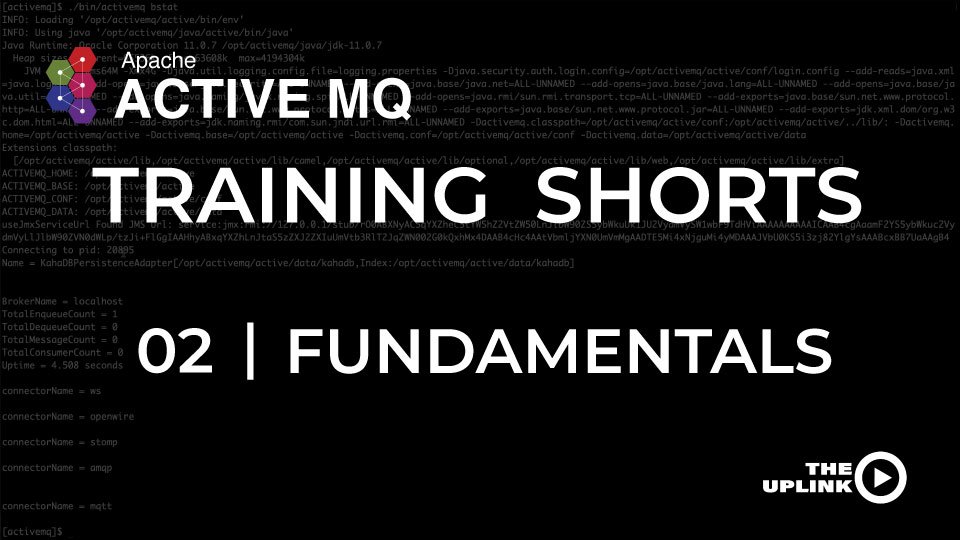
ActiveMQ Training Shorts - Fundamentals
Apache ActiveMQ, a mature and open-source message broker, supports a range of protocols including JMS, MQTT, STOMP, and AMPQ, with updates to JMS 3.1 and 2.0 in its latest versions. Offering multi-protocol and multi-language capabilities, along with scalable deployment options such as standalone, clustered, and primary failover brokers, ActiveMQ is designed for extensive adaptability and DevOps benefits in application development. Matt Pavlovich from HYTE Technologies, a key contributor to ActiveMQ, highlights its ease of integration testing within application code, ensuring reliable end-to-end messaging testing for app development teams.
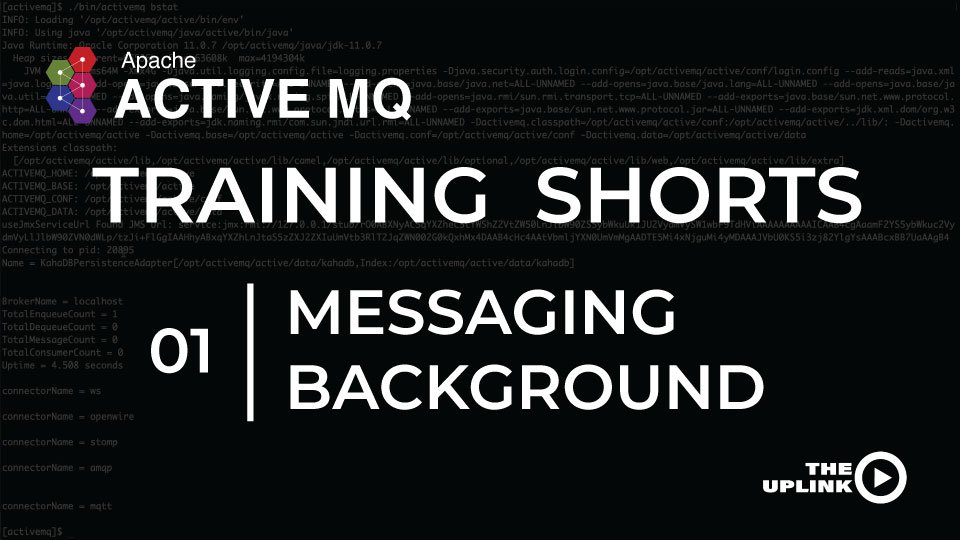
ActiveMQ Training Shorts - Messaging Background
Digital transformation centers on swiftly adjusting business functions to match fluctuating market scenarios and prospects by rapidly integrating and modifying business applications. Event-driven architecture facilitates this by allowing organizational and system decoupling, utilizing events to announce data changes or actions, providing design and runtime operational resilience, complementing API architecture which excels in read, search, and query use-cases.
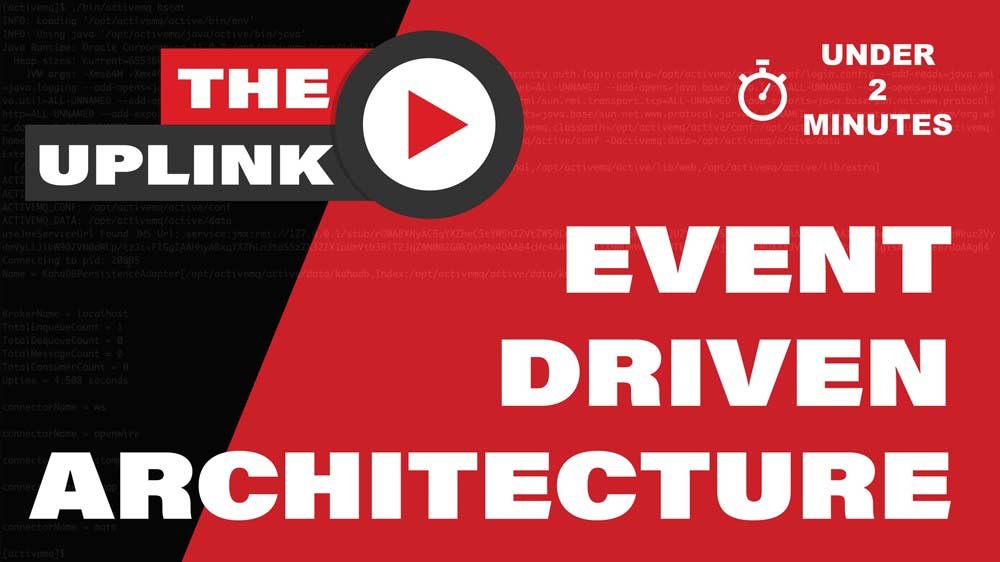
What is Event Driven Architecture?
Event-driven architecture is a software design pattern focused on facilitating digital transformation by enabling organizations to swiftly adapt to changing market conditions through decoupling of organizational and system components, and utilizing events to signal data changes or actions. It complements API architecture by providing design and runtime resilience, where it is especially useful in scenarios involving data creation, modifications, or process executions, thus enhancing system adaptability and operational efficiency.
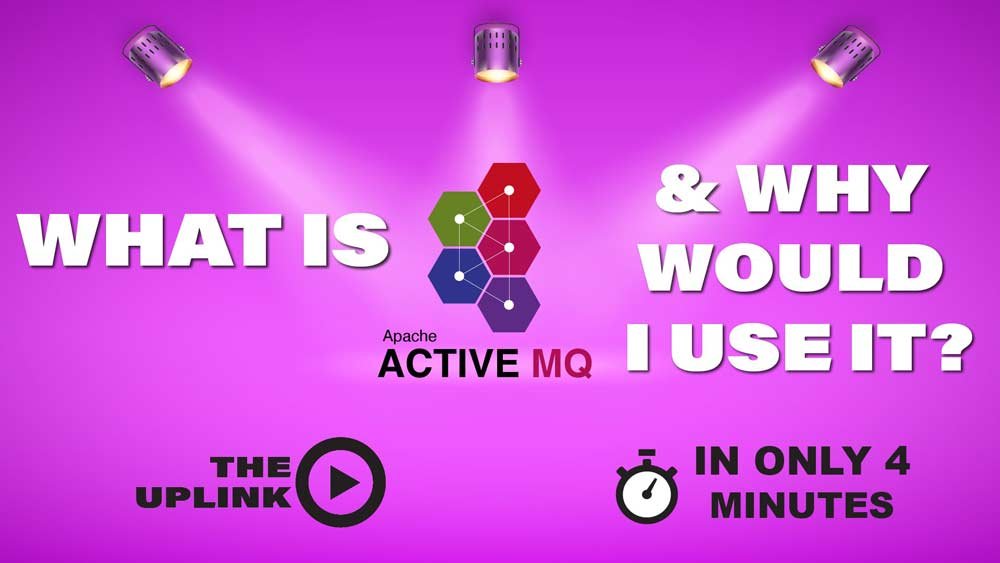
What is ActiveMQ and Why Would I Use it?
Apache ActiveMQ: A Versatile, Open-Source Messaging System with 15-Years of Excellence. Offers scalability across platforms, diverse protocol support, and strong delivery guarantees, catering to a wide range of messaging needs. Matt also details some initial challenges associated to Apache ActiveMQ adoption.
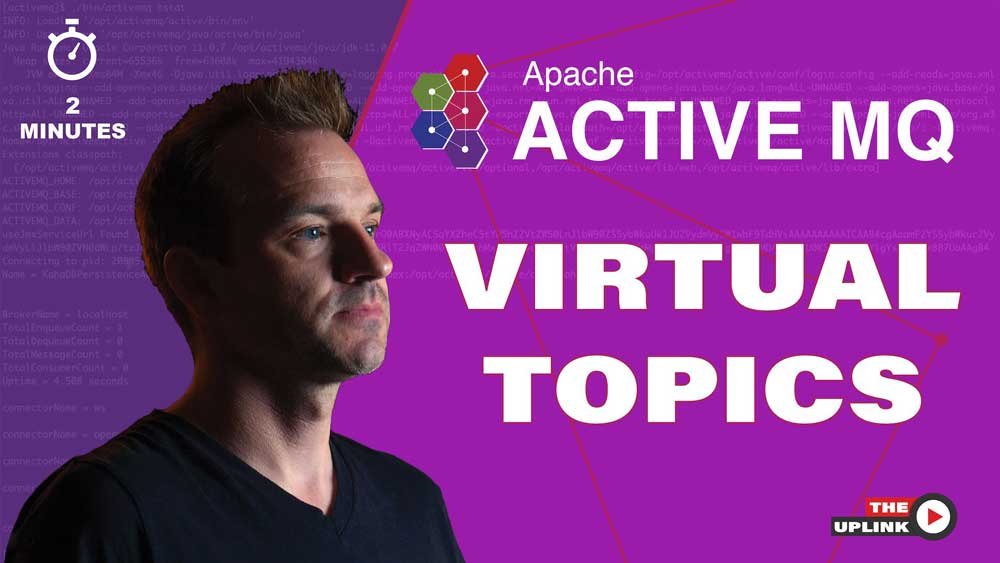
The Benefits of Apache ActiveMQ Virtual Topics
Matt discusses the advantages of using virtual topics in ActiveMQ, particularly in multi-server environments. He highlights that virtual topics enable architecture changes without requiring code modifications, allowing DevOps to handle scaling, high availability, and fault tolerance independently of programmers. ActiveMQ's implementation of virtual topics is straightforward, providing a simple, versatile solution that works across various protocols and languages, enhancing application reliability.
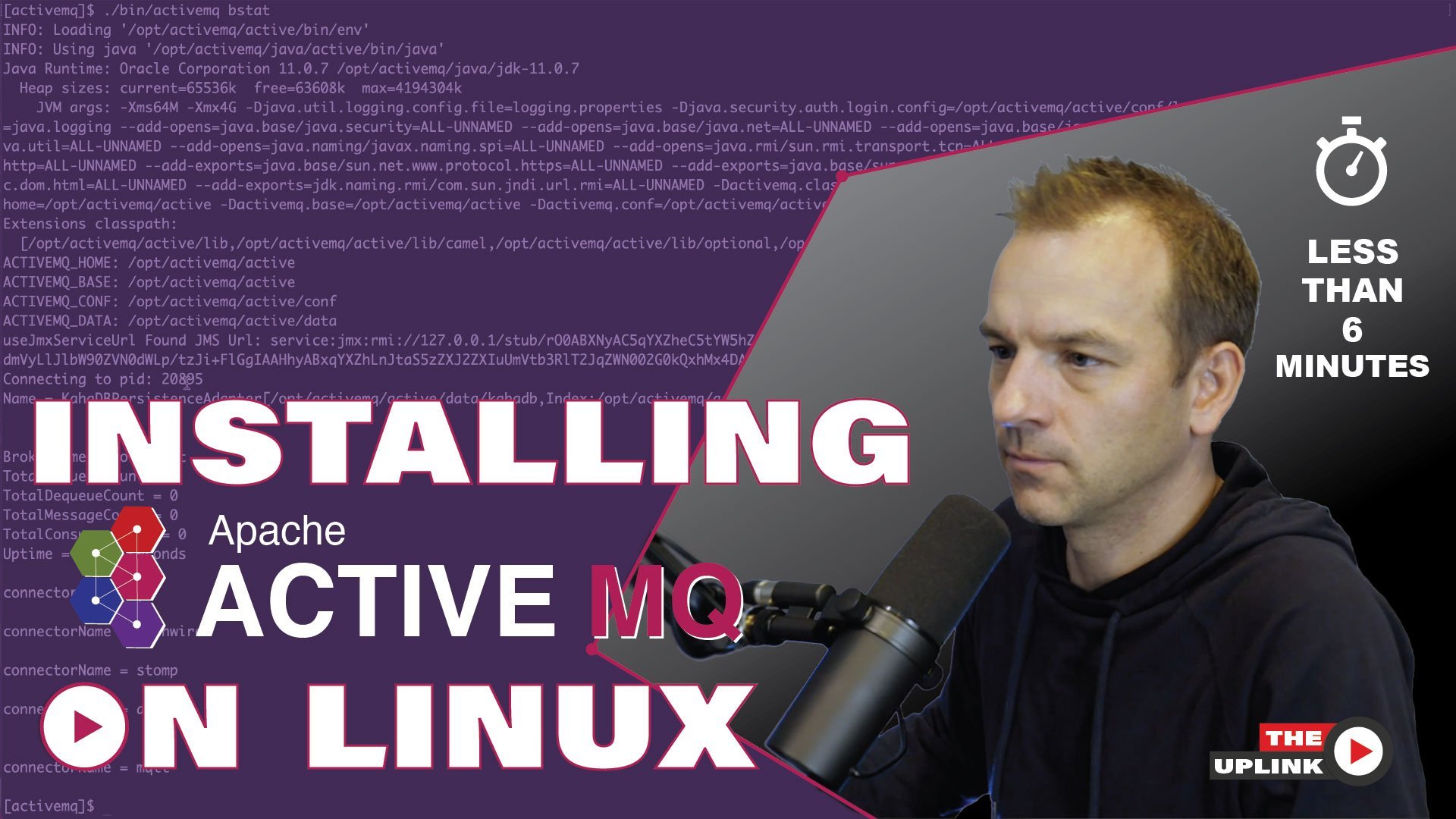
Apache ActiveMQ Installation on Linux
Matt explains how Apache ActiveMQ is installed on a Linux server. He uses a download script to pull ActiveMQ from Maven Central, starts and stops ActiveMQ, tunes settings like memory usage, enables JMX with authentication, and secures the JMX password file. He finishes by testing the system sending and receiving 1000 messages, validating the queue's status and ensuring successful dequeuing.
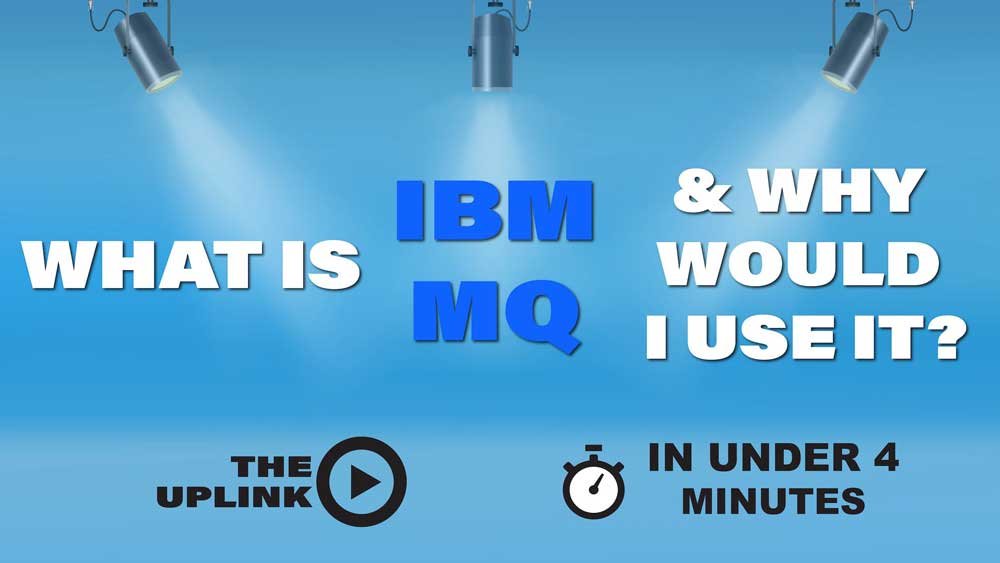
What is IBM MQ and Why Would I Use it?
IBM MQ, with a 20-year legacy, offers reliable enterprise messaging ideal for critical workflows, excelling in integration, especially with IBM products. Despite its high costs, limited embeddability, and admin demands, it remains a top choice, backed by vast talent and support for modern messaging.

What is Messaging?
Enterprise messaging refers to a system used to enable reliable communication between computer systems. It provides resilience by managing challenges such as asynchronous operation times, varying system speeds, and ensuring data delivery even during system maintenance or downtime.
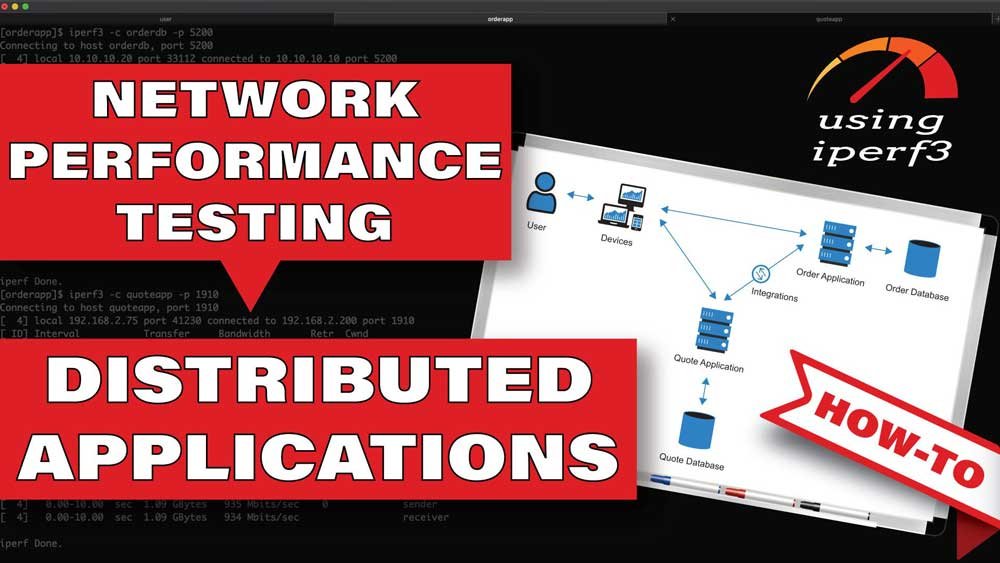
Distributed Applications - Which network link is the problem?
In my latest blog post, I explore troubleshooting network performance issues within distributed applications by guiding readers through using the iperf3 command. As the CTO and Technical Practice Lead at HYTE Technologies, I leverage my deep experience with the Open Source Software community and my role as a Committer on the Apache ActiveMQ project to provide practical insights that are valuable for both administrators and developers. Through a detailed, step-by-step scenario, I aim to empower teams to effectively identify and resolve network bottlenecks, thereby enhancing the performance and supportability of enterprise applications.
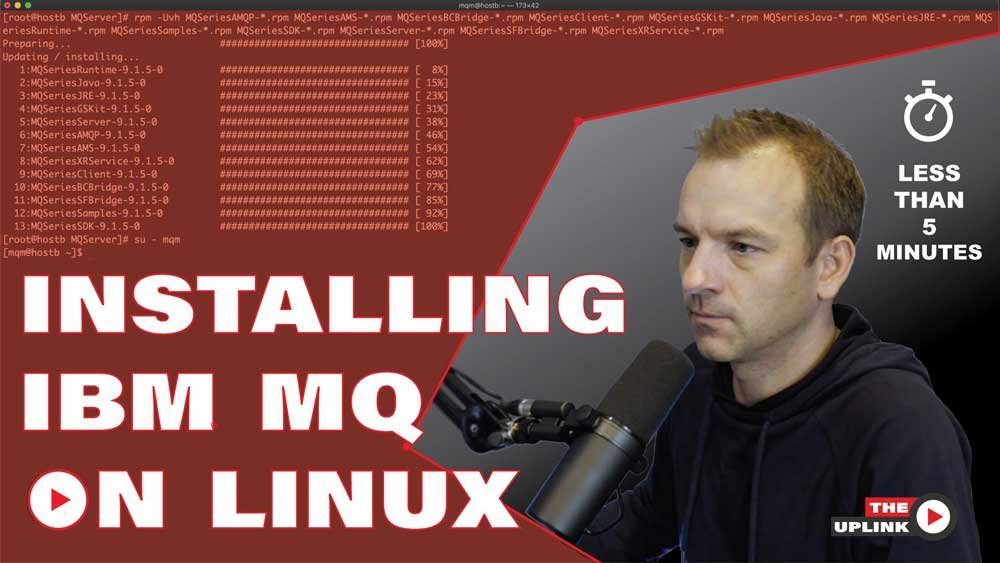
IBM MQ Installation on Linux
Matt guides you through installing IBM MQ on a Linux server. The process continues with creating a queue manager, setting default settings, and configuring a listener and channel. Finally, messages are sent and retrieved to verify the installation's functionality, completing the setup in under five minutes.
